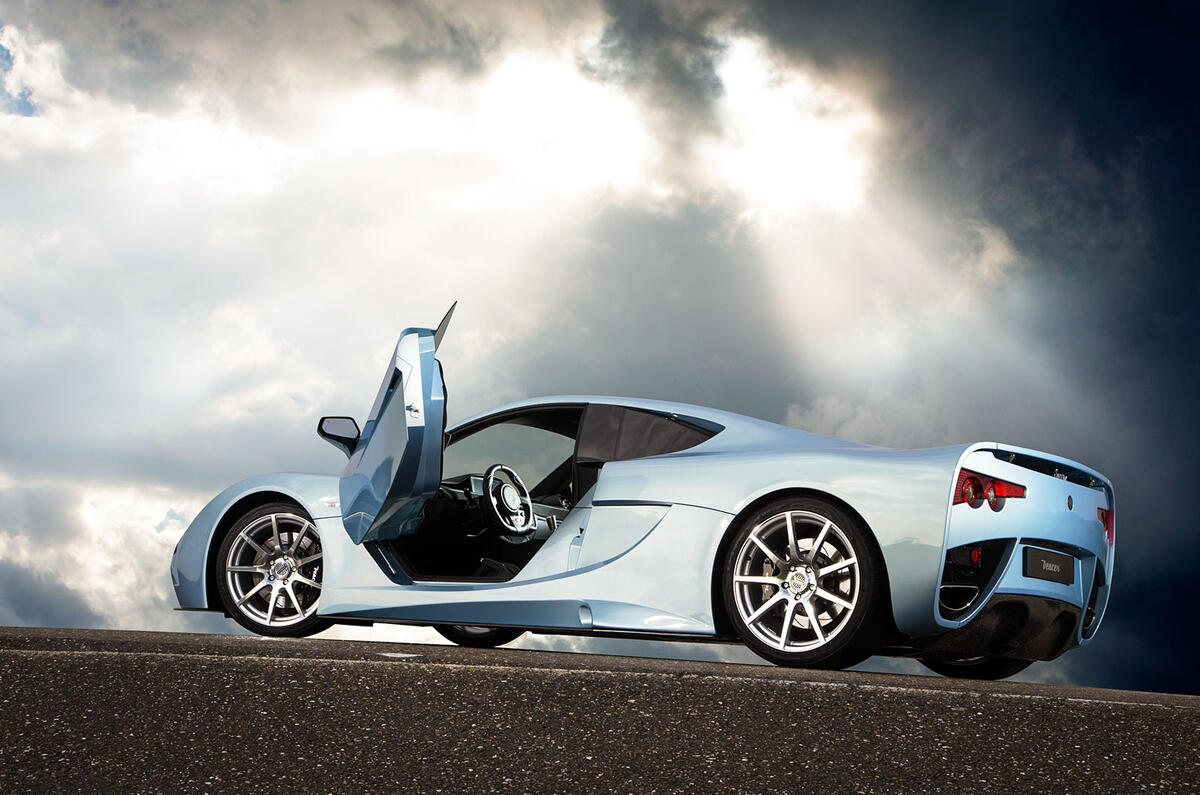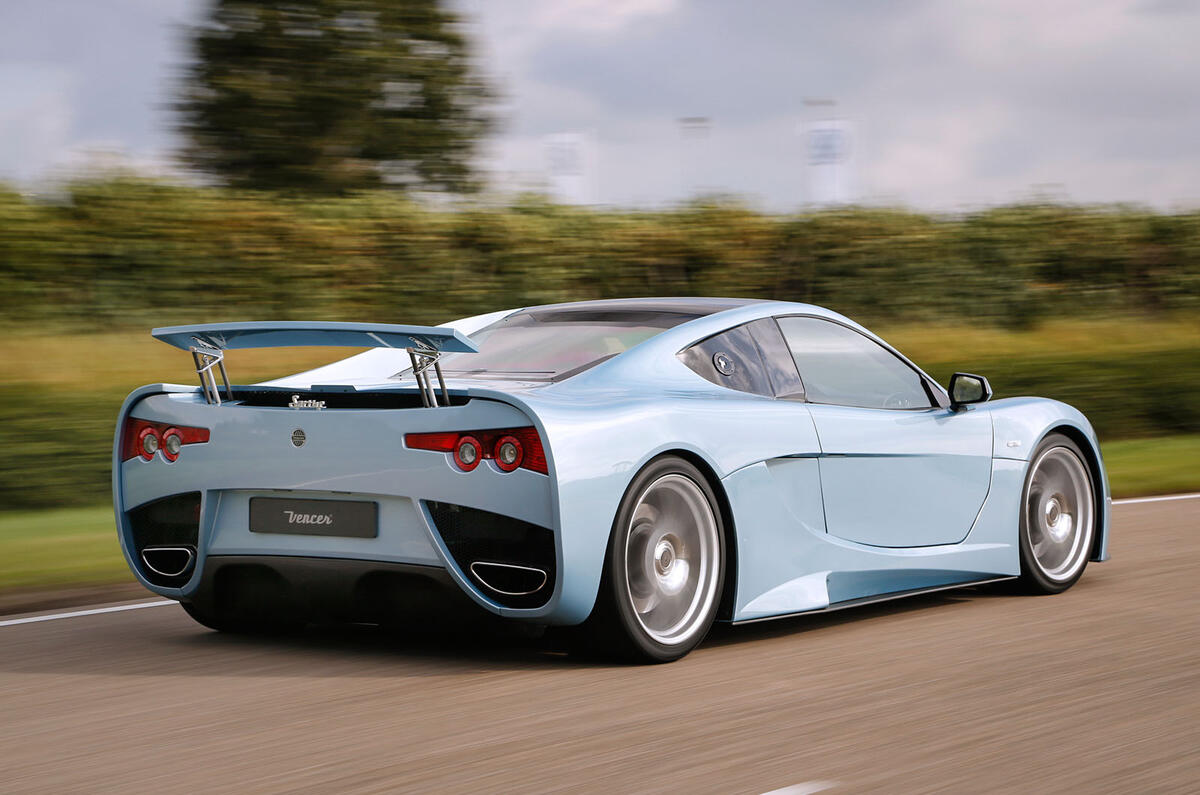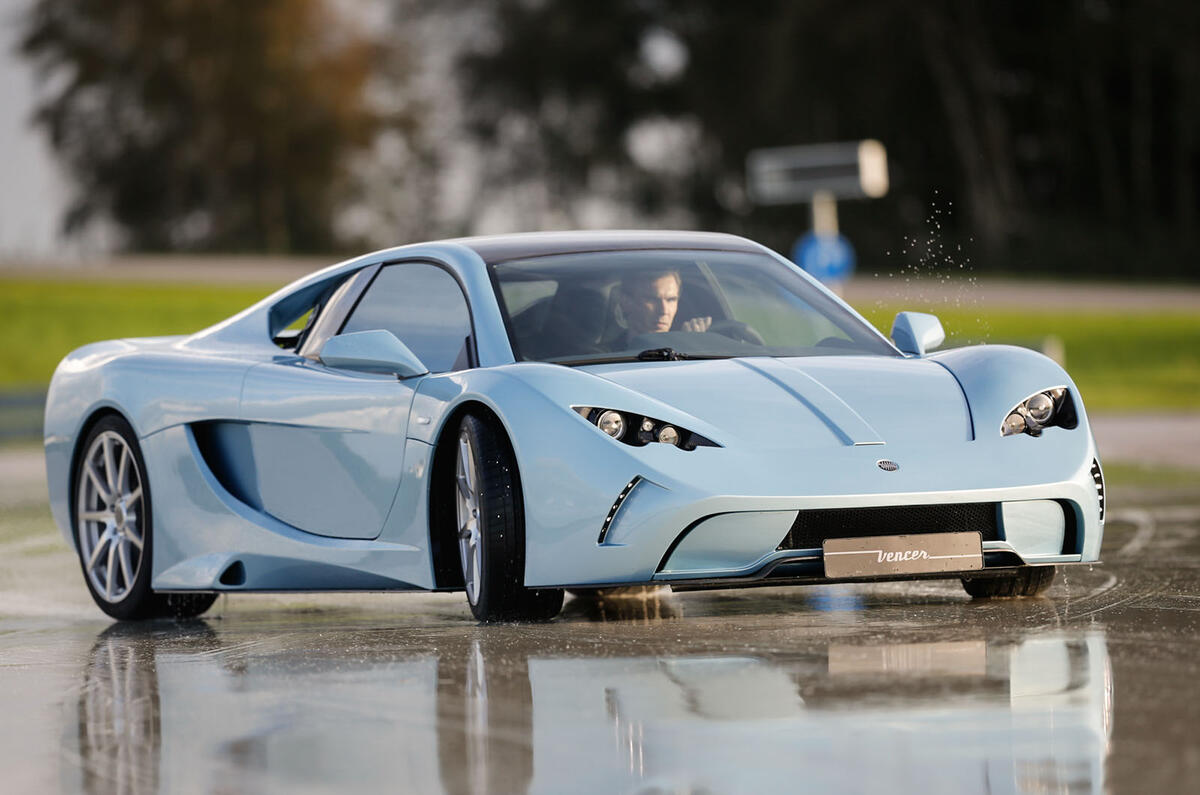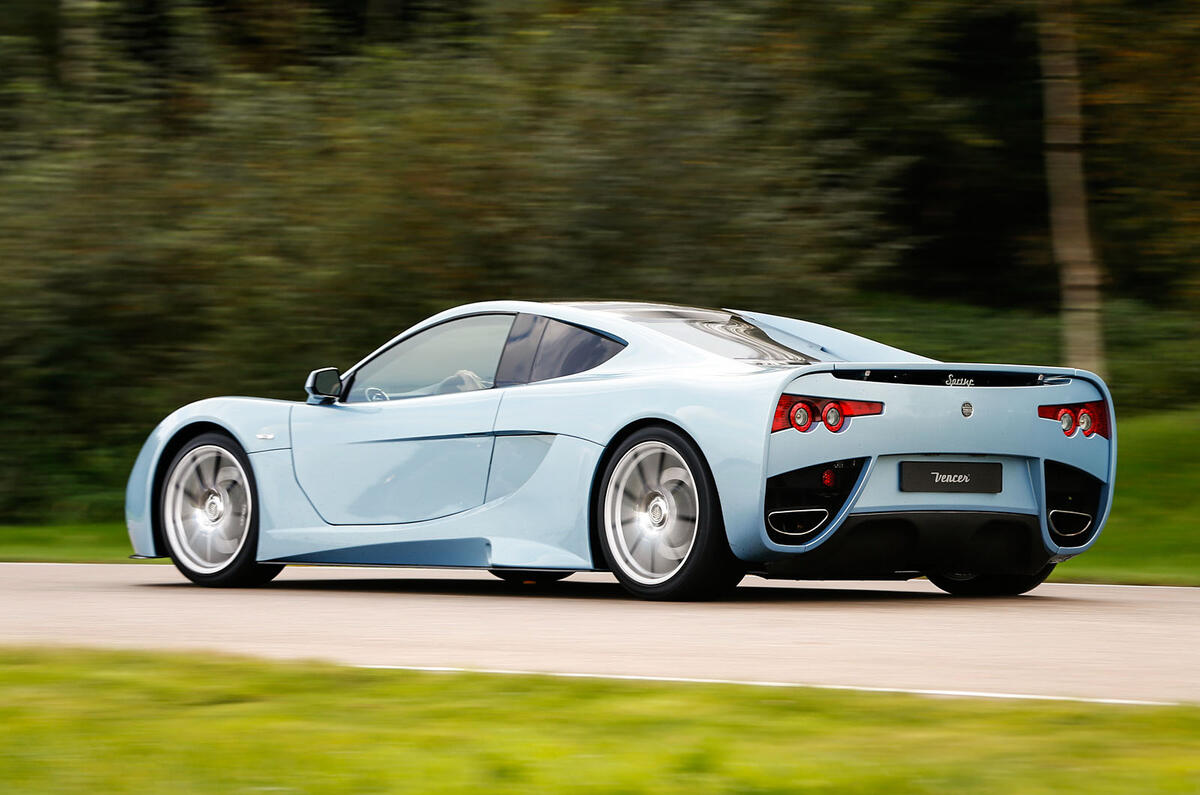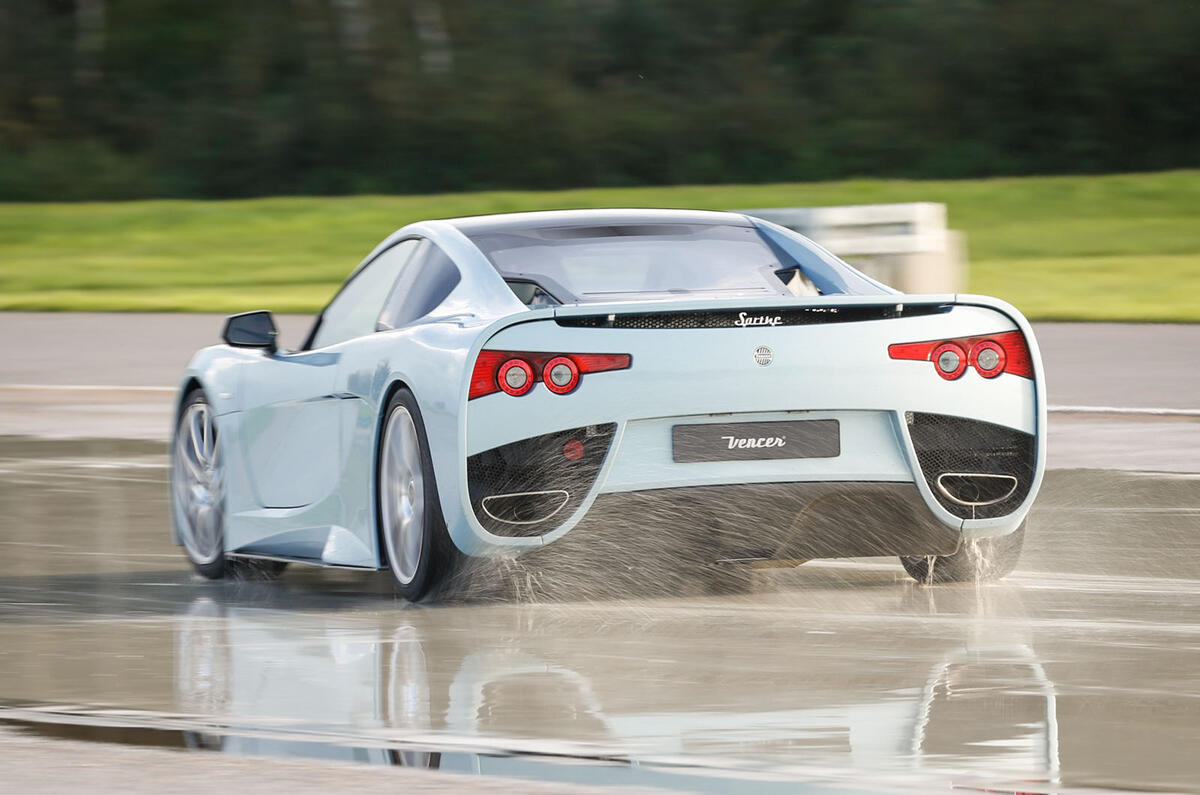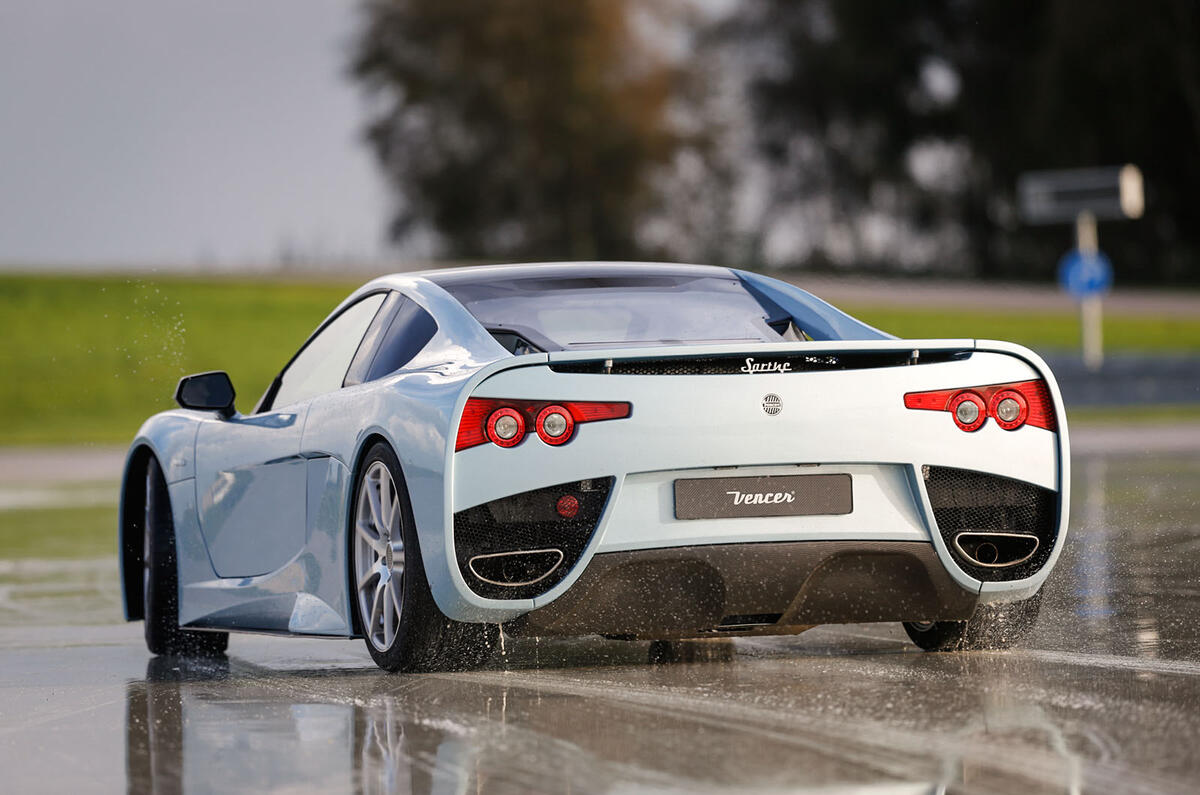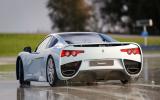When 38-year-old Dutch entrepreneur Robert Cobben, creator of the new Vencer Sarthe supercar, was a teenage boy, he went to Le Mans for the first time with his family.
It was the mid-1980s, when the mighty Porsche 956s and Silk Cut Jaguars ruled the roost at La Sarthe, as it’s known among the locals. And from the moment he saw those prototypes howling down the Mulsanne Straight at 220mph – this was before they put the chicanes in, remember – Cobben was transfixed.
“I knew even then that, one day, I would at least try to build a road car that captures the spirit of those great Le Mans cars from the 1980s,” he says. And now, 25 years later, here he is, and here it is: the appropriately named Sarthe, with 622bhp, full carbonfibre bodywork and a £250,000 asking price.
Unlike most start-up supercar makers, Cobben and his amiable team of 10 or so employees at Vencer – which means ‘to overcome adversity’ in Portuguese – are realistic about the numbers surrounding their new car.
“In the first year, we will build five, perhaps six cars,” says Cobben. “In the second year, we aim to make one a month. And for the time being, that will be all we aim to do: 12 cars a year. It’s an exclusive car for a small but discerning audience.”
The Vencer Sarthe will not be to everyone’s taste, and deliberately so. It purposely eschews all the regular electronic trickery that you’ll find in a contemporary supercar from Ferrari, Porsche or McLaren. “I believe there are still some people who want a road car that is pure to drive, and which isn’t compromised by electronic interference. And which has a manual gearbox,” says Cobben.



